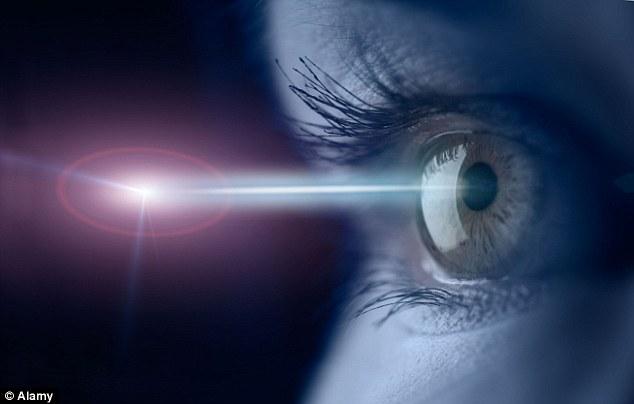[:en]If you are considering Lasik in Dubai you would have stumbled upon countless amount of information and data to give you an eagle eyed view of the surgery, you may have also got really nervous by all of it. Most of it is, unfortunately happens to be second hand information, what you need are real truths to put your mind at ease.
You may have heard people express a fear of going blind from laser eye surgery? The real truth is they will not, and neither will you. It is like getting hit by lightning twice which never happens. While it is impossible to measure the statistics, the estimate of going blind would be like one in five million.
You will experience mild side effects, this is a real truth and it is perfectly normal. After any surgery you should experience side effects of some sort, and laser eye surgery is no different. The only good thing about it is the side effects are minimal and will not last for more than 2-3 days. For instance, light sensitivity and dry eyes are a normal part of the recovery process. This occurs while your eyes are healing but they will be gone before you know it.
If you are worried about complications occurring let’s put that into statistics. The risk of a minor complication stands at less than .01%. Lasik in Dubai has been deemed the safest procedure in the world and while technology and expertise vary amongst clinics, it would take an unlikely and incredibly unfortunate event for something to go wrong.
Currently, over 35 million people have undergone Lasik treatment in Dubai and with success. It is a safe and effective surgery in the long term. Several studies have shown patients who have had surgery a decade later still continue to have healthy and good vision.
It is pain free, and one of the few procedures in the world to not cause any discomfort or pain. There may be slight pressure when your eye surgeon creates the flap, but with numbing drops used to minimize any pain you will barely notice anything throughout the surgery.
Lasik in Dubai has a 96% success rate with patients achieving 20/20 vision. This is the common standard although some patients may achieve 20/40, and even those with high prescription can reach this outcome.
[:]
